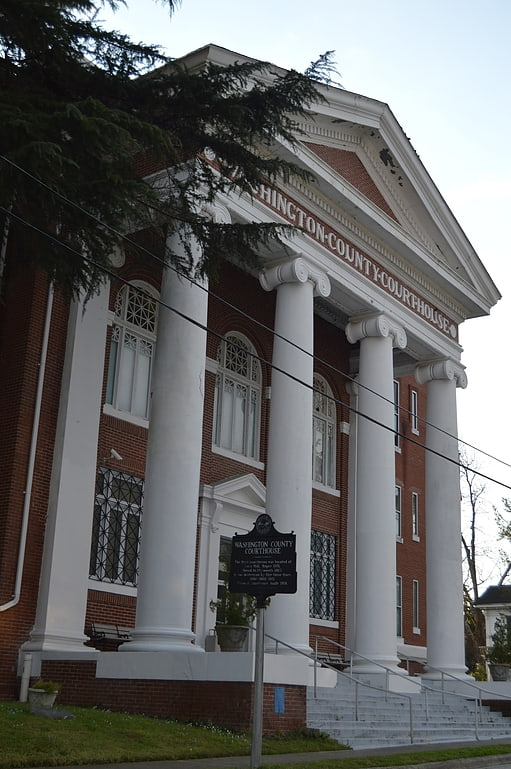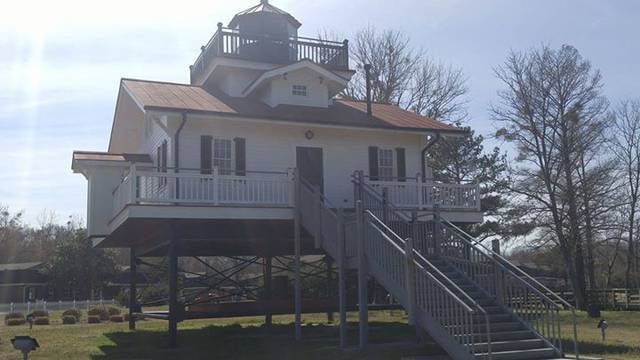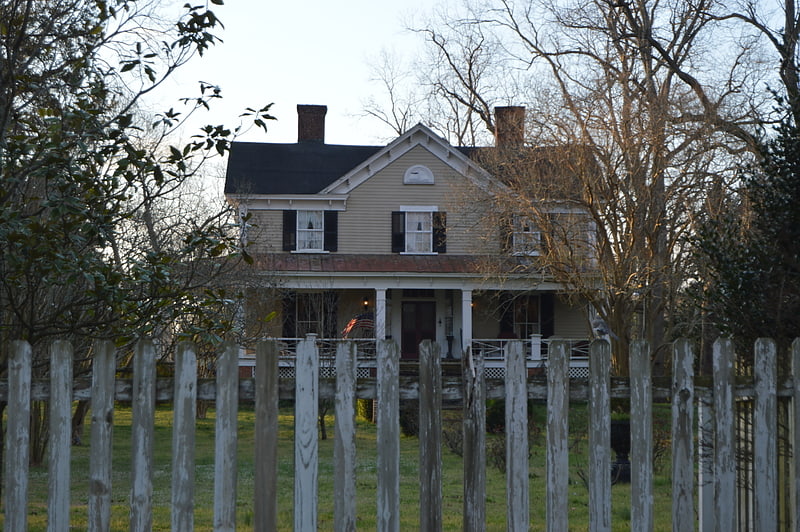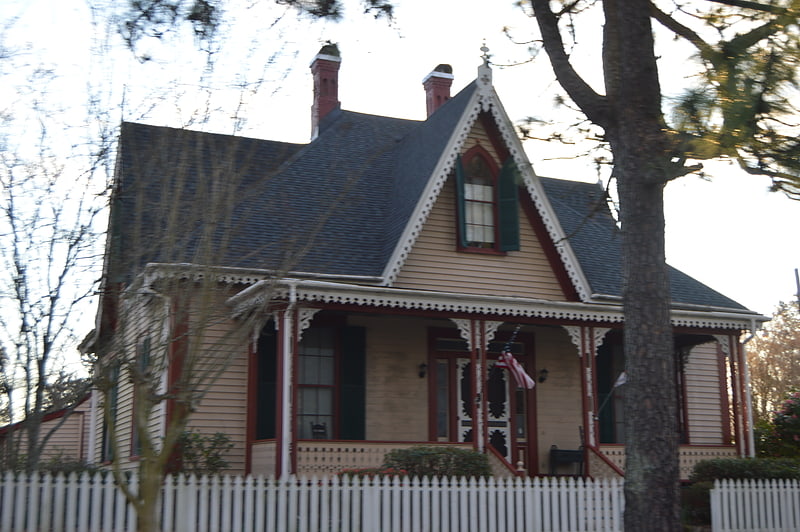Discover 6 hidden attractions, cool sights, and unusual things to do in Plymouth (United States). Don't miss out on these must-see attractions: Port O' Plymouth Museum, Washington County Courthouse, and Roanoke River Lighthouse and Maritime Museum. Also, be sure to include Latham House in your itinerary.
Below, you can find the list of the most amazing places you should visit in Plymouth (North Carolina).
Table of Contents
Port O' Plymouth Museum

Museum. The Port O' Plymouth Museum, located in Plymouth, North Carolina contains many artifacts from the American Civil War. A replica of the CSS Albemarle is also located behind the museum in the Roanoke River.
The museum is operated by the Washington County Historical Society.[1]
Address: 302 East Water Street, 27962 Plymouth
Washington County Courthouse

Courthouse in Plymouth, North Carolina. Washington County Courthouse is a historic courthouse located at Plymouth, Washington County, North Carolina. It was designed by the architectural firm of Benton & Benton and built in 1918–1919. It is a three-story, Classical Revival style brick building with heavy stone trim. The front facade features a monumental tetrastyle Ionic order portico.
It was listed on the National Register of Historic Places in 1979. It is located in the Plymouth Historic District.[2]
Address: 120 Adams Street, Plymouth
Roanoke River Lighthouse and Maritime Museum

Museum
Address: W Water St, Plymouth
Latham House

Historical landmark in Plymouth, North Carolina. Latham House is a historic home located at Plymouth, Washington County, North Carolina. It was built about 1850, and is a two-story, three bay by two bay, Greek Revival style frame dwelling on a high basement. It has a cross-gable roof, hip roofed wraparound porch, and is sheathed in weatherboard. Plymouth citizens are believed to have taken refuge in its basement during the Battle of Plymouth in 1864.
It was listed on the National Register of Historic Places in 1976. It is located in the Plymouth Historic District.[3]
Perry-Spruill House

Perry-Spruill House, also known as Spruill House, is a historic home located at Plymouth, Washington County, North Carolina. It was built between 1882 and 1884, and is a 1+1⁄2-story, three bay, Gothic Revival style frame cottage. It has a high hipped roof with intersecting cross gables ornamented with inverted fleur-de-lys sawnwork, a full-width front porch, pointed Gothic windows, and is sheathed in weatherboard.
It was listed on the National Register of Historic Places in 1985. It is located in the Plymouth Historic District.[4]
Plymouth Historic District

Plymouth Historic District is a national historic district located at Plymouth, Washington County, North Carolina. The district encompasses 258 contributing buildings, 5 contributing sites, and 1 contributing structure in the central business district and surrounding residential sections of Plymouth. It was largely developed between about 1880 and 1930 and includes notable examples of Colonial Revival, Bungalow / American Craftsman and Late Victorian style architecture. Located in the district are the separately listed Latham House, Perry-Spruill House, and Washington County Courthouse. Other notable buildings include the Hornthal-Owens Building, Blount Building, Atlantic Coast Line Railroad Station, Davenport-Davis House, Robert Ward Johnston House, Latham-Brinkley House, Plymouth United Methodist Church and Cemetery, Grace Episcopal Church and Cemetery designed by Richard Upjohn, New Chapel Baptist Church, Agricultural Building constructed through the Works Progress Administration, Plvmouth Railroad Station, Brinkley Commercial Block, and Clark-Chesson House.
It was listed on the National Register of Historic Places in 1991.[5]